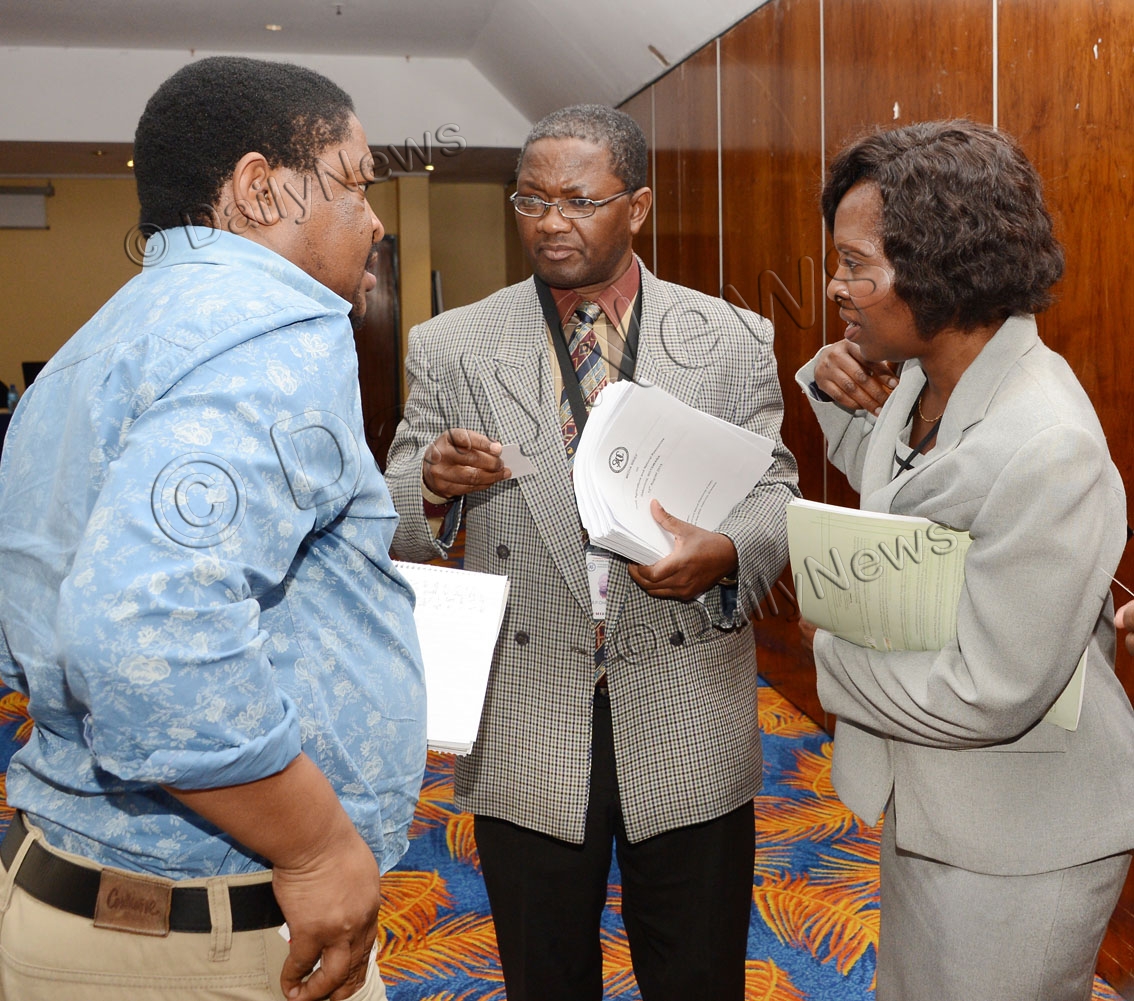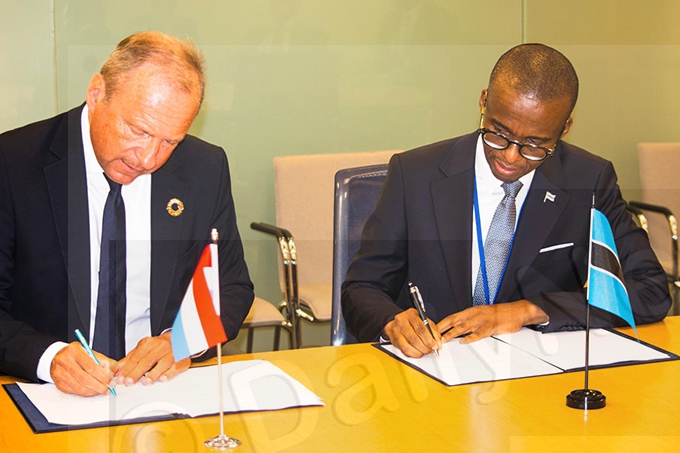SADC faces cereal deficit
13 Aug 2015
The Southern African Development Community (SADC) is facing a cereal deficit of over six million tonnes emanating from the poor rainfall and floods that befell the region in the 2014/2015 season.
Briefing the media ahead of the 35th Ordinary Summit of Heads of States and Government in Gaborone, the director of food, agriculture and natural resources at SADC, Ms Margaret Nyirenda said the 2014/2015 rainfall season was poor in most parts of the region with prolonged dry spells in Botswana, Lesotho, Namibia, South Africa, southern Angola and Zimbabwe.
She said Madagascar, Malawi and Mozambique experienced both floods and prolonged dry spells and that the poor rainfall led to an unsatisfactory regional food security situation for the 2015/2016 year.
Ms Nyirenda said the deficit of 6.33 million tonnes of cereal include the five most consumed cereals in the region such as maize, wheat, rice, millet and sorghum compared to a surplus of 1.21 million tonnes in the 2014/15 year .
She said the regional cereal availability for the 2015/16 was estimated at 40.23 million tonnes representing a drop of 22 per cent from 45.62 million tonnes last year. She said maize usually makes up more than 75 per cent of the total cereal production forecasted at 31.73 million tonnes compare to 36.79 million tonnes last year.
Ms Nyirenda said the requirement for the region this year was estimated at 32.93 million tonnes, reflecting an overall maize deficit of 1. 20 million tonnes.
“This year cassava production from Angola, DRC, Malawi, Mozambique, Tanzania and Zambia amounted to 44.80 million tonnes representing a drop when compared to last year’s production of 48.06 million tonnes which is lower than last year,’’ said Nyirenda.
She said the 2015 production was still above the 5-year average, indicating the resilience of the crop to drought. Regarding legumes, she said 2.12 million tonnes were produced by the DRC, Malawi, Mozambique and South Africa, and that production of oil seeds from the three countries where data was available Malawi, Mozambique and South Africa was forecast at 2.18 million tonnes.
She said agriculture, food security and the prudent management of natural resources continue to be at the centre of the SADC region. She attributed that to the fact that food production in most parts of the region was hampered by unfavourable climatic conditions, increase in population, poor health and sanitation.
The director said the region was cognizant of the increased number of vulnerable people who require both food and other humanitarian assistance. ENDS
Source : BOPA
Author : Aubrey Maswabi
Location : GABORONE
Event : SADC Summit media brief
Date : 13 Aug 2015







